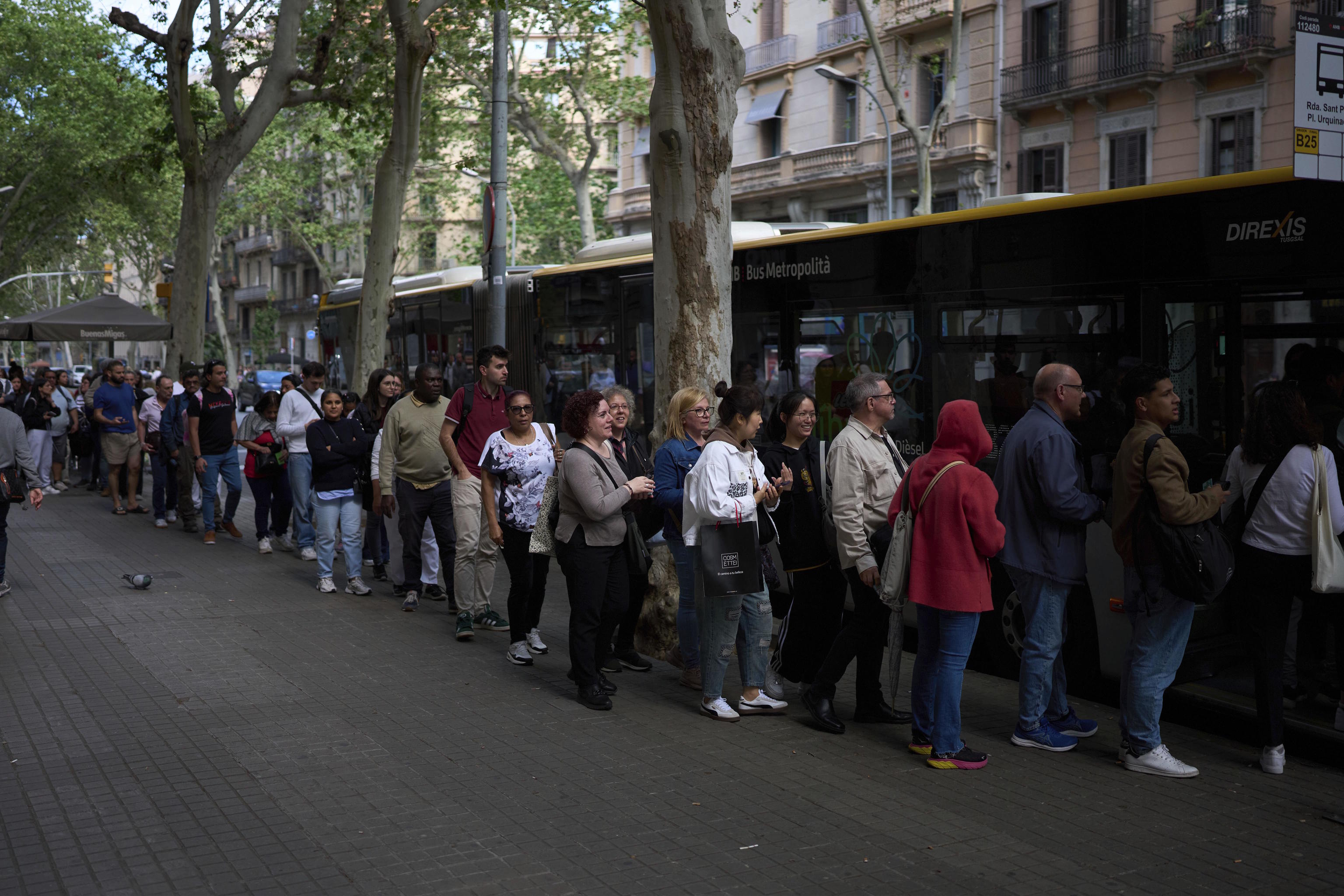The electricity demand has recovered to 99.95%. The data is from 07:00, but by 06:00 the percentage was already at 99.12%. Red Eléctrica also announced on its X account at 06:46 and at 06:49 confirmed - in this case, on Bluesky - by the third vice president of the Government and Minister for the Ecological Transition that 100% of the 680 substations of the transmission network are in service, restored. The cause of the blackout is still unknown, but the recovery process is clear. The possibility of a cyberattack has also been completely ruled out.
In reality, it is worth noting that the response was relatively quick, and all protocols were activated almost immediately after the outage was detected at 12:32 on Monday. Communication protocols were initiated between the operator, sector companies, the Government, and authorities. Electrically, everything started in France, Morocco, and hydroelectric power plants prepared for this eventuality.
Neighboring countries used their border connections to transmit power to Catalonia, the Basque Country, and Andalusia. This allowed them to restart their systems, the auxiliary services of the generation systems that had also failed, and from there, distribute power throughout the peninsular electrical system. The power, so to speak, spread like an oil spill across the national geography.
At the same time, a group of hydroelectric power plants from different basins (Tajo, Levante, etc.) with the ability to start autonomously were activated when the blackout was detected and proceeded to connect to the grid. In broad terms, their role was similar to that of Morocco and France: establishing these zones and expanding them as they reached new supply points. The tension spread throughout the entire grid, expanding these energy islands until they were all interconnected. By 9:00 p.m., Red Eléctrica reported that there were no more isolated areas.
During this process, different sources were connected to the system. The two key sources were the aforementioned hydroelectric plants and combined-cycle plants, which burn fuel - usually gas - and can be started relatively quickly. If they are already operational, which was not the case, the startup is almost immediate. Nuclear power plants take several hours - around 12 - to resume electricity generation, but once operational, they provide continuous generation. Amid the blackout, operators of Spanish nuclear power plants notified the Nuclear Safety Council of the declaration of a pre-alert emergency due to the loss of external power supply. It was a safety measure. As the sun rises, solar power will return.
Red Eléctrica stated in a press conference that "within the seriousness of the incident, everything went well." Despite having to fully implement the protocols for the first time, they proved to be effective.
The spread of this 'oil spill' did not reach the islands of Ceuta and Melilla, as they have autonomous systems and were not affected by the outage. However, this does not make them more robust, and in fact, it is quite common for an island to experience a blackout when the mainland does. In the Canary Islands, the entire system does not collapse because they function as energy islands, except for Lanzarote and Fuerteventura, which are connected by an underwater cable.
Red Eléctrica has not yet identified a specific cause, but has ruled out a cyberattack and atmospheric causes. According to Eduardo Prieto, director of services for Red Eléctrica's operation, the system was "stable" in all its variables and under safe conditions. They detected "an event in the electrical system compatible with a loss of generation" in the southwest region of the peninsula that disrupted frequency and voltage but stabilized. A second and a half later, another event "compatible with a loss of generation" occurred, affecting these variables again and degrading the system. This led to oscillations, as mentioned yesterday, and the disconnection from the French system. All this happened within five seconds. The system could not withstand such an extreme disturbance, resulting in the blackout. Red Eléctrica also emphatically confirmed that there was no order to disconnect generation sources that impersonated Red Eléctrica.
The specific identification of the main generation stations (more were disconnected until all went down), their exact locations, can only be determined once all information from the control centers is received. It is "premature" to make "any kind of statement," Prieto pointed out, also urging to "not speculate" about the origins and development of the incident. The generation mix before the incident was around 17,000 to 18,000 MW of photovoltaic power, with a significant presence of wind and nuclear power as well.
To refine the details, they are waiting to receive information from the generation control centers. Due to the complexity of the system, having all the analyses "may take time". Although they cannot commit to a timeframe, they hope to have conclusions "as soon as possible" because "it is in everyone's interest." They now aim to implement safeguards to prevent a recurrence of such an incident.
The big question now is whether the system could fail again. The reality is that it is unlikely to happen, as it is very robust with redundant sources capable of providing backup to each other and safeguards (for example, disconnecting electro-intensive industries). However, the reality is that it did fail yesterday. Until the exact cause is known, nothing can be guaranteed. Nevertheless, if this return to normalcy is indeed a return to stability, it should hold now that all substations are back in service.
